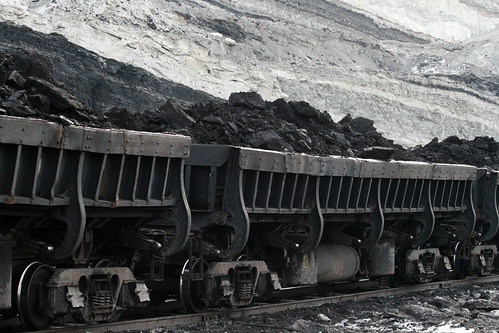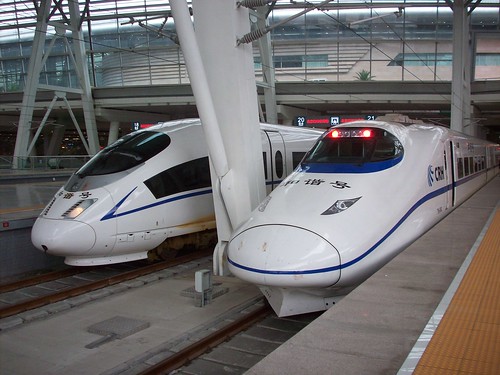Silent Revolution! For the first time, China adds private sector muscle to its rail development plans
(Source: Times of India; XinhuaNet)
Even as Chinese president Hu Jintao was telling an audience in Beijing that the government will stick to the path of socialism on October 1, a quite capitalistic revolution was taking place in distant Sanxi province in north China.
The first-ever private railway project began construction on the 60th anniversary of the Communist revolution. It may seem like a modest beginning for the project’s private owners but the business focus is clear as the project will link coal mines of Sanxi.
Another project that will bring China’s rail network very close to the border of Myanmar went in into operation late September. This project connecting two towns in Yunnan province is now being extended to connect Ruili, the Chinese outpost on the Myanmar border.
It is expected to cost 2.3 billion yuan (about 0.34 billion U.S. dollars), and will be finished in three years. The railway was co-funded by the Broad Union Investment Management Group Co., Ltd, the Yufeng Railway Construction Investment Co., Ltd and the Railway Bureau of Zhengzhou.
Song Xiude, chief of Kunming Railway Bureau, recently told reporters in Yunnan that the line will be linked to the South East Asian rail network via a 350-km-long railway being constructed between Dali and Ruili, a city on the Sino-Myanmar border. Construction of the Dali-Ruili railway began last year and is slated for completion in 2014, the official media said.
China’s first privately funded rail project will link the towns of Jiafeng and Nanchenpu over a stretch of 64.29 kilometers. The $340 million rail line will have six stops and pass through six counties in Sanxi province. It has been funded by two private companies-the Broad Union Investment Management Group Co., Ltd. And ufeng Railway Construction Investment Co., Ltd. –besides the local state run Railway Bureau of Zhengzhou.
Click here to read the entire article.





